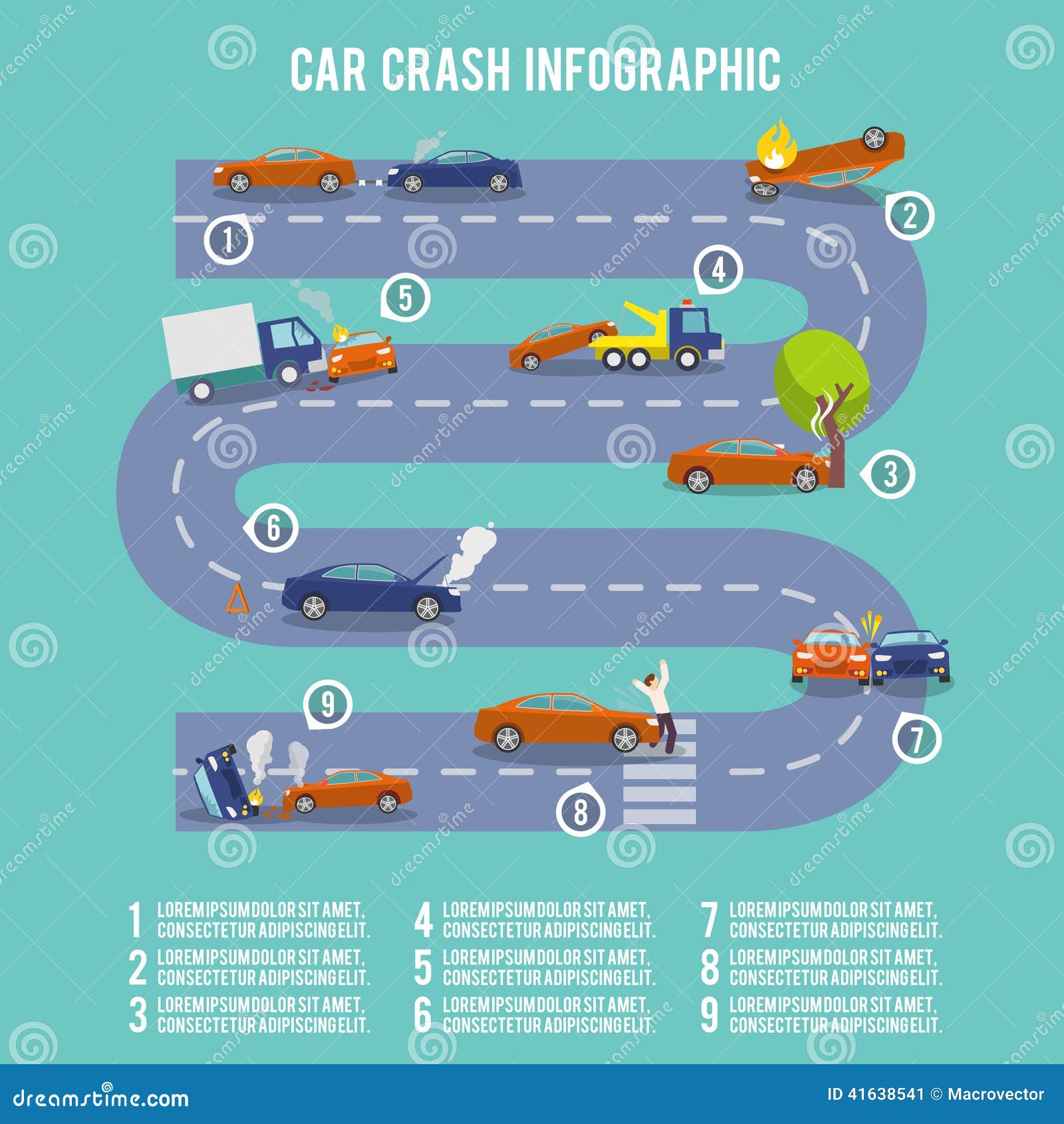Wondering Regarding The Meaning Behind Those Dashboard Caution Lights? Gain Understandings Right Into Their Implications For Your Automobile'S Safety And Upkeep
Wondering Regarding The Meaning Behind Those Dashboard Caution Lights? Gain Understandings Right Into Their Implications For Your Automobile'S Safety And Upkeep
Blog Article
https://www.autoserviceworld.com/the-effect-of-high-gas-prices-on-auto-repair/ -Lauritsen Dalgaard
When you're behind the wheel, those glowing warning lights on your dashboard can be a bit bewildering. Do you understand what they're attempting to inform you about your cars and truck's health? Comprehending the significance of these lights is crucial for your safety and the longevity of your lorry. So, the next time one of those lights pops up, would not you intend to decipher its message accurately and take the necessary actions to address it?
Common Warning Lights and Interpretations
Determine usual caution lights in your automobile and recognize their definitions to make sure risk-free driving.
The most common warning lights consist of the check engine light, which signifies problems with the engine or emissions system. If this light comes on, it's critical to have your car checked without delay.
The oil pressure advising light shows low oil pressure, requiring instant focus to stop engine damages.
A flashing battery light might recommend a malfunctioning billing system, potentially leaving you stranded otherwise addressed.
The tire stress tracking system (TPMS) light informs you to reduced tire stress, influencing car stability and fuel effectiveness. Disregarding this might lead to risky driving conditions.
https://brake-shop-near-me28405.dbblog.net/3206287/finished-with-underwhelming-outcomes-learn-how-to-avoid-typical-vehicle-detailing-mistakes-and-uncover-the-tricks-to-attaining-an-impeccable-surface shows an issue with the anti-lock braking system, jeopardizing your ability to quit swiftly in emergencies.
Last but not least, the coolant temperature level warning light warns of engine overheating, which can cause severe damage otherwise solved promptly.
Understanding these usual warning lights will aid you deal with concerns quickly and maintain risk-free driving problems.
Importance of Prompt Interest
Recognizing the typical caution lights in your automobile is only the primary step; the significance of immediately addressing these warnings can not be stressed enough to ensure your safety and security when traveling.
When a caution light brightens on your dashboard, it's your auto's method of connecting a prospective issue that needs interest. Ignoring these warnings can lead to much more severe troubles later on, endangering your security and possibly costing you much more in repairs.
Motivate focus to warning lights can prevent malfunctions and crashes. As an example, a blinking check engine light can suggest a misfire that, if left neglected, can create damage to the catalytic converter. Addressing this quickly can save you from an expensive repair work.
Similarly, a brake system alerting light may indicate low brake fluid or worn brake pads, vital parts for your safety and security when driving.
Do It Yourself Troubleshooting Tips
If you see a warning light on your dashboard, there are a few DIY repairing ideas you can attempt before seeking specialist assistance.
The first step is to consult your vehicle's manual to understand what the particular caution light shows. In some cases the concern can be as simple as a loose gas cap activating the check engine light. Tightening up the gas cap might deal with the trouble.
Another typical issue is a low battery, which can activate numerous advising lights. Inspecting the battery connections for rust and guaranteeing they're safe might fix the trouble.
If a warning light persists, you can attempt resetting it by disconnecting the auto's battery for a couple of minutes and after that reconnecting it. Furthermore, checking your automobile's fluid levels, such as oil, coolant, and brake liquid, can help troubleshoot warning lights connected to these systems.
Conclusion
In conclusion, understanding your auto's warning lights is necessary for keeping your automobile running smoothly and securely. By quickly dealing with these informs and recognizing what they mean, you can stay clear of pricey repair work and prospective break downs.
Bear in mind to consult your vehicle's handbook for particular details on each warning light and act as necessary to make sure a trouble-free driving experience.
Remain notified, stay risk-free when driving!
